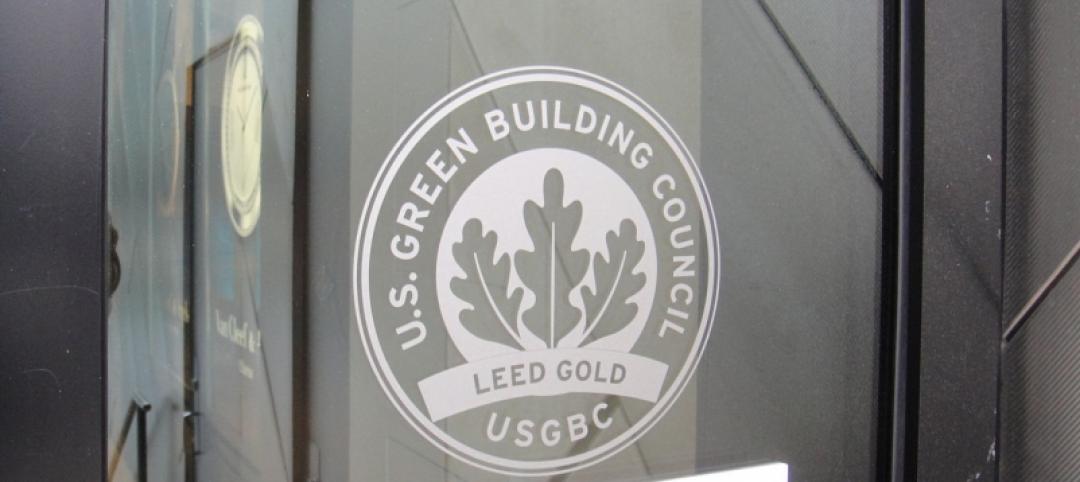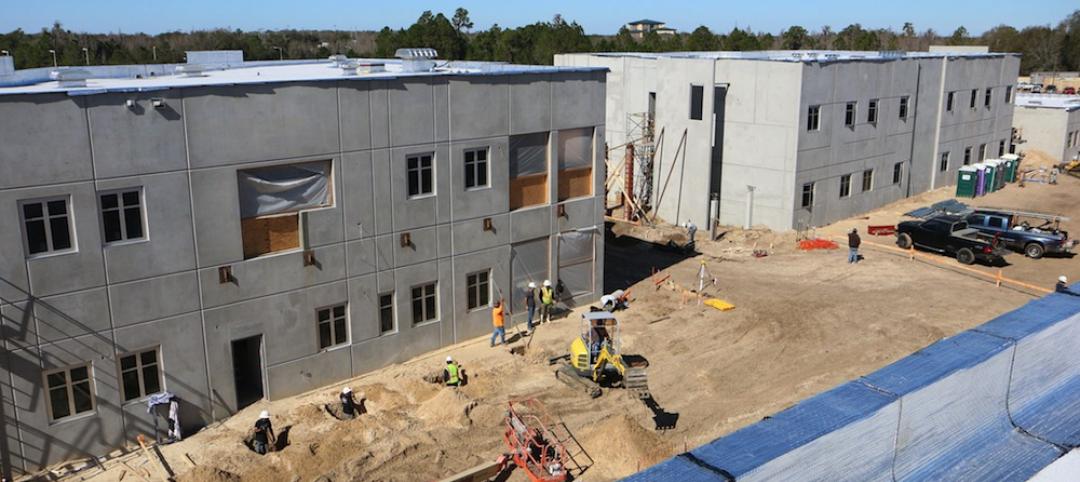Cities and regions can generate profound lasting benefits through investment in downtowns and center cities, according to The Value of U.S. Downtowns and Center Cities: Second Edition report by the International Downtown Association (IDA).
While often small in physical size, downtowns pack a punch. “From driving tax revenue and business activity to spurring smart development and innovative workplaces, downtowns play a pivotal role in the long-term health of a region,” according to a news release from IDA and Stantec, the association’s partner on the report.
The report updates The Value of U.S. Downtowns and Center Cities study released a year ago, with data and analysis that expands the scope to 24 downtowns with urban place management organizations across the United States. Downtown populations continue to grow and their economic prosperity increases as they mature.
Trends identified in this year’s report include:
· Tax revenue increases as downtowns move from emerging to established. Property tax revenue in emerging downtowns averages 11% of citywide property tax revenues, but increases to 32% in established downtowns.
· Downtown population growth far outpaces citywide growth, and it accelerates as downtowns move toward the established tier. Between 2010 and 2016, population grew by 29% in established downtowns, 37% in growing downtowns and 14% in emerging downtowns.
· As downtowns grow more robust, the income of their residents rises relative to the rest of the city. Established downtowns outperformed their cities, with median income at 110% of the citywide figure. This pattern underscores the importance of developing policies and mechanisms for keeping downtown housing accessible to all income levels.
· Downtowns become more concentrated employment centers as their stage of development progresses. Established downtowns have 52% of citywide jobs.
· Downtowns are multimodal hubs that rely less on cars than their cities. Established downtowns have nearly perfect Walk and Transit Scores (96 and 98 respectively).
The report can be downloaded at:
Related Stories
Codes and Standards | Apr 18, 2016
ASHRAE releases proposed energy standard for historic buildings
Designed to balance with preservation requirements.
Codes and Standards | Apr 13, 2016
Canadian city fines itself for failing to get a building permit for building renovation
Guelph, Ontario, will pay a $1,125 fine to the province.
Codes and Standards | Apr 12, 2016
Construction trade groups sue OSHA over silica rule
Cite concerns about technological and economic feasibility.
Codes and Standards | Apr 11, 2016
New LEED 2009 projects will have to meet increased minimum energy performance
New requirements went into effect April 8.
Wood | Apr 8, 2016
New LEED Pilot ACP designed to help eliminate irresponsibly sourced materials
Illegal wood is primary target to restrict illicit material in the supply chain.
Lighting | Apr 5, 2016
Lighting requirements for high-rise dwellings proposed for energy standard
The requirements would effectively eliminate incandescent and halogen bulbs.
Steel Buildings | Apr 4, 2016
AISI publishes Cold-Formed Steel Framing Design Guide, 2016 Edition
Updates 2007 edition; includes five comprehensive design examples.
Data Centers | Apr 1, 2016
ASHRAE releases publication on the impact of IT equipment on data center design
The book offers advice for designing structures in the fast-changing data center industry.
Codes and Standards | Mar 28, 2016
Occupant egress simulations that impact codes fall short, researchers say
Building evacuations in emergencies are too dangerous as a result.
School Construction | Mar 28, 2016
National report on school buildings reports $46 billion annual funding shortfall
Millions of students said to be learning in obsolete facilities.

















